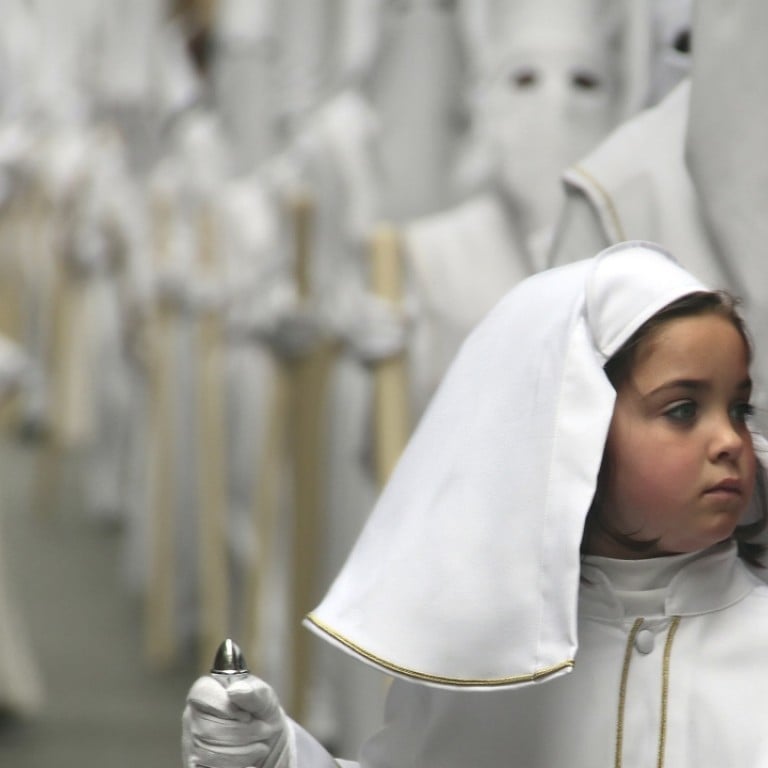
Religion in Hong Kong schools: teach it, don’t preach it
Understanding history is impossible without an understanding of the religious traditions that helped shape the world
Schools should not promote religion, but they should teach it.
Understanding history is impossible without an understanding of the religious traditions that helped shape the world. From a purely secular standpoint, even atheists should know and understand what they choose not to believe in.
Schools have very different approaches to the question of religious education. In my experience, Hong Kong International School does a relatively good job at weaving religious education into the curriculum. As part of its mission statement HKIS states that it is, “an American-style education grounded in the Christian faith and respecting the spiritual lives of all”. At HKIS, Christianity is taught at all levels and is an integral part of the ethos of the school, but it is not expected that all students will practise Christianity.
In the elementary years, HKIS students are taught a basic understanding of world religions with cultural and traditional experiences, both in the classroom and through field trip visits around Hong Kong to mosques, synagogues, temples and other places of worship where children are encouraged to ask questions. Throughout the year parents of many faiths are invited to share traditions within the classrooms.
In the middle school years, religious education focuses on understanding one’s own values and beliefs and respecting those of others. Charitable outreach, social justice and world issues are discussed in the context of personal values. On Back to School night I was impressed to hear a middle school religion teacher explain that, “We teach religion, but we do not teach spirituality. Spirituality has to be developed on an individual basis.” This distinction gave me confidence that the school was not proselytising.
In high school, students cultivate a more subtle and complex understanding of the differences and commonalities among world religions. Students study, go on service trips, sometimes engage in shared practice of different religions and explore further their own sense of self. Some students find great expansion happens in these classes, and for some, the few minutes of silence and reflection in religion classes are the only moments of calm in their day.
Marty Schmidt, a high school humanities teacher at HKIS, calls this social conscience education, and has written extensively on the topic. Schmidt describes social conscience education as, “a personal consideration of one’s role and responsibility in society in the context of an emotionally engaged understanding of the world”.
In the words of 20th-century American philosopher John Dewey: “For in spite of itself any movement that thinks and acts in terms of an ’ism becomes so involved in reaction against other ’isms that it is unwittingly controlled by them. For it then forms its principles by reaction against them instead of by a comprehensive, constructive survey of actual needs, problems, and possibilities.”
Gweneth Rehnborg is a board member of Bring Me A Book, a leading advocate for family literacy in Hong Kong (bringmeabook.org.hk)
